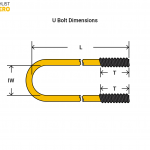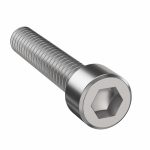A swivel flange is a kind of special weld neck flange that consists of a forged outer ring, a heavy forged welding hub, and a gasket. Upon installing the flange, the hub can rotate.
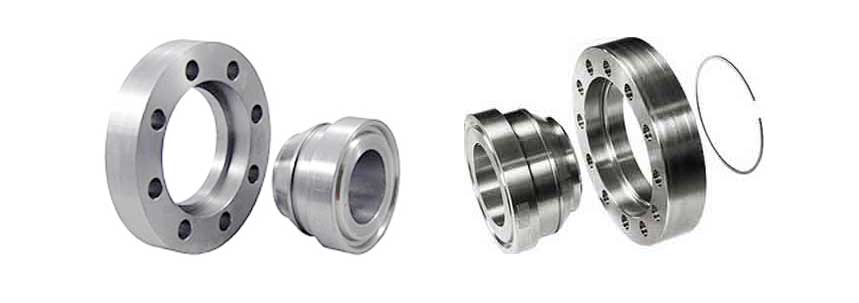
In this article, you’ll learn how a swivel flange operates, its ratings, materials, and common applications.
How Swivel Flange Works
Swivel flange, also known as a swivel ring flange, is the most commonly used flange for shallow water pipeline repairs.
SRF facilitates the alignment of the bolt holes between the two mating flanges, a feature that is helpful in many circumstances. Example include the installation of large diameter pipelines, subsea and offshore pipelines, pipe works in shallow waters, and similar environments. Swivel flanges suit oil, gas, hydrocarbons, water, chemical, and other demanding fluids in petrochemical and water management applications.
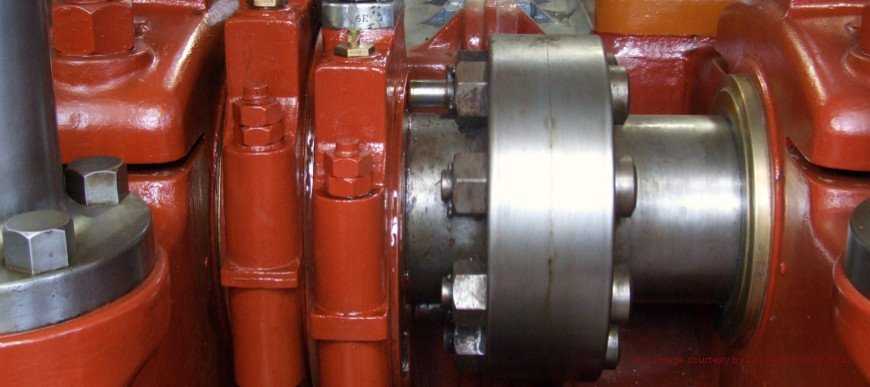
For instance, in a large diameter pipeline, the pipe fits at one end with a standard weld neck flange, and with a swivel flange at the other end. By simply rotating the swivel flange on the pipe, the operators can achieve a perfect alignment of the bolt holes in a way easier and faster way.
In addition, here are some of the key features of swivel flanges:
- A spring retainer that eliminates welded retainer components.
- The retainer is removable, thus allowing for cleaning and lubricating of the hub-to-flange interface.
- A thicker flange ensures the ability to handle higher-stress loads.
- It possesses full compliance with ASME Section VIII – allowing for use in pressure vessel and processing applications.
Ratings
The pressure-temperature ratings and basic dimensions (OD – bolt circle – facing – number and size of bolts) of Swivel Ring Flanges, in Class 150 through Class 2500, are identical to ASME B16.5 and MSS SP44 Flanges and will readily mate to a standard weld neck flange. Ring-type joints (RTJ), raised face, flat face, and other facings require furnishing. Sizes up through 60 inches including flanges to mate to ASME B16.47 dimensions are available.
To find the pound ratings of flanges in accordance with the ASME B16.5 standard, use a flange rating calculator. Inputs to size a swivel flange are design pressure and temperature.
Some manufacturers also supply non-standard swivel flanges suitable for some special applications according to customer requests. Examples include the cladding welding on the inner ring or PTFE coating treatment on the surface of the flange, etc.
Swivel Flange Materials
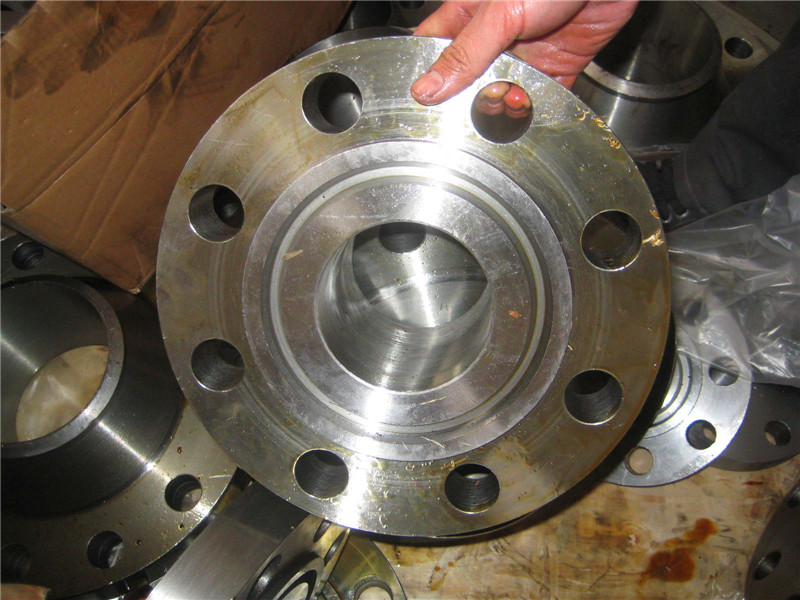
Swivel ring flanges form from carbon steel or stainless steel having ASTM A105 specifications. Some extra thickness is provided at the welding end. Usually, the flange material is the same as the pipe itself. Two pipes join together at the flange joint. A105 carbon steel provides the most common variety of flange. 304 and 316 stainless steel also see common use when required.
Other, less commonly used material includes:
- Stainless steel: ASTM A182 F 321/347
- Duplex F51/F53/F44/F55/F60/F61;
- Carbon steel: ASTM A105; API 6A AISI 4130
- Alloy steel: ASTM A694 F52, F60, F65, F70, ASTM A707
Common Applications
Swivel ring flange is one of the simplest flange connectors utilized in the subsea industry today. The product combines a heavy forged welding hub with a rotating forged ring. This makes it possible to have the swivel flange serve as a mating flange to a weld neck or other flange.
There are no industry guidelines specifically suited to the design and manufacture of these flanges. Thanks to the accessibility concerns brought on by the offshore environment, swivel flanges see their most common use in offshore piping systems. As a result, the swivel ring flange is often designed, manufactured, and sold to offshore operators as little more than a commodity item.
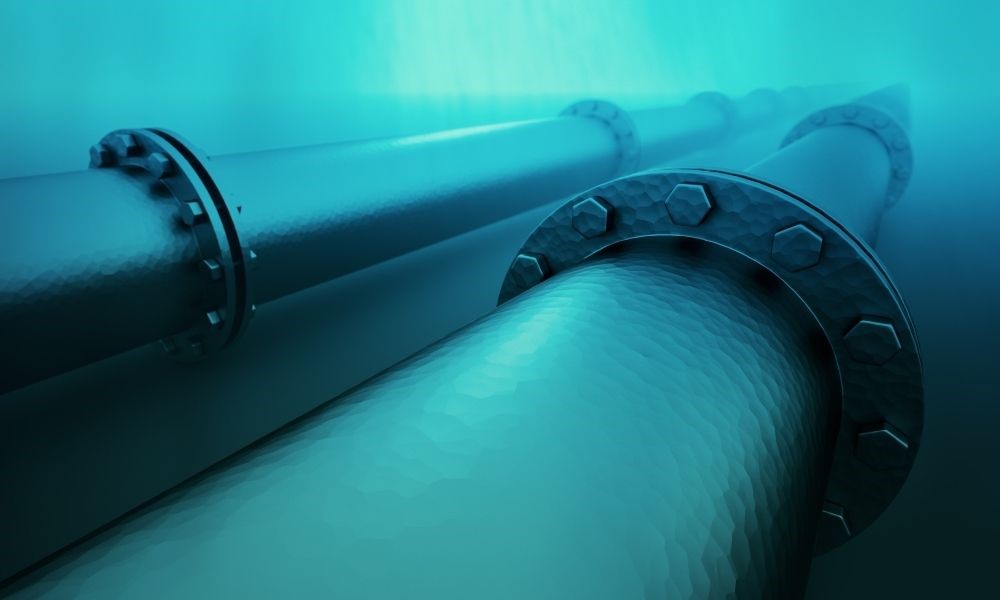
Swivel flange speed up the process of aligning bolt holes during subsea installations and reduce dive time. Their ability to permit 360° rotation of an outer ring around a hub allows for easy alignment of bolt holes when attaching to a mating standard flange. For subsea applications, this capability is important when only a single diver is available to align and make up the flange connection.
Swivel flanges make little sense during stationary joining operations in a fabrication environment. Their unique design provides the most value when alignment and accessibility present challenges. As such, other applications common appicationsinclude remote oil pipelines and sea water equipment,.

